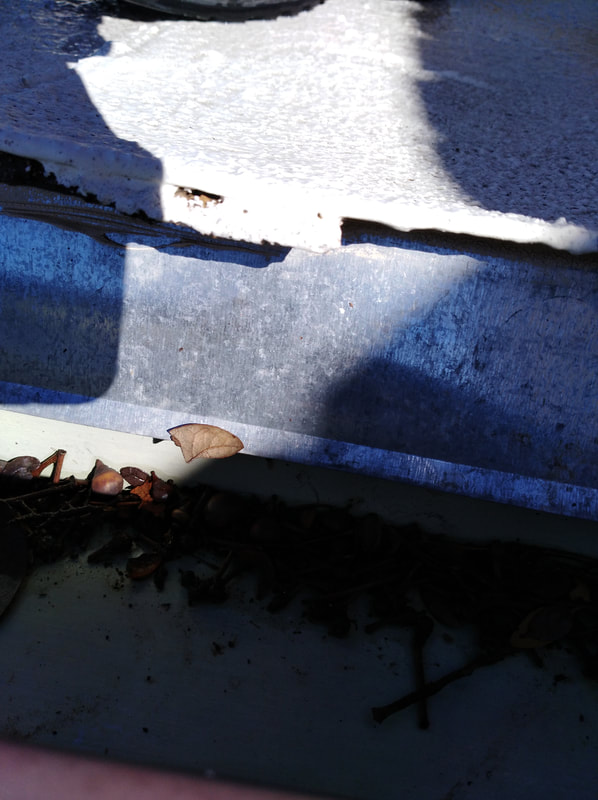|
So you're looking for a home, and find one. Now, you need to get a pro to inspect it for you.
Who do you hire? There are a wealth of choices in West Texas right now since, like most real estate markets nationwide, our market is hot. A few things I've learned having been a licensed pro for several years, and having performed thousands of inspections for real! clients to this point: If the inspector is the cheapest one, it's either because that inspector is new, is doing anything they can to get even one inspection, or does not provide a thorough inspection. If the inspector is trying to book the inspection on a weekend, they are either part-time (read highly inexperienced), desperate to get even one inspection, or are from out of the area and service West Texas part time. Believe it or not, there are several inspectors that have swooped into our area from San Antonio and Fort Worth. Ask yourself, realistically, how would an inspector from Central or North Texas know anything about the homes in our area? Our neighborhoods? Local home builders? If the inspector has a great reputation from REAL clients online (not made up or fake reviews from people that don't exist) then your next step is giving them a call, text, email or booking an inspection with them online. Pick their brain. Share your concerns. Don't just hire the first one to answer, or the cheapest inspector from out of the area. You will likely be disappointed if you don't do your homework! BEWARE of the part time home inspectors!
0 Comments
Despite the fact that West Texas does not receive much rain, this does not mean that moisture intrusion into a home is not possible. I inspect roughly 400 homes annually, and I can tell you that the opportunities for moisture intrusion are taken for granted by roofing contractors, builders, handymen, and homeowners daily. Sometimes it's the little things on a structure that can make a big difference, and other times, it's obvious problems that are allowing your home to be damaged by moisture intrusion, and associated defects. Let's look at a West Texas home with a potentially major moisture intrusion problem: Here we have a closet with an obvious moisture intrusion problem. It may be easy to assume that the water made it's way into the home from the wall, but in my experience, this may not be true. Water has a way of traveling in unusual ways. Could the water have made it's way into the home from the roof above, and traveled down the wall into the home? This home had a flat roof, meaning virtually no slope to the roof. Though many areas of the country might not consider designing this type of roof for a home due to being in regions of the country with more precipitation, it is not rare for our area. The roof covering at this home had been poorly installed, and the roof layer was not adhering to the structure below, in addition to many other areas of defects on the roof. This is why the water in the closet could be the result of roof leaks. The rear wall of the home could be the source of the leak. This home had a masonry exterior cladding, and the cladding was in contact with the soil at many locations on the exterior. Why does this matter? Because the opportunity for moisture intrusion, termites, and other possible problems rapidly increases when there is no gap between the exterior cladding (brick, masonry, siding, etc.) and the grade on the outside of the home. How can you check to see if there is a crack in the cladding below the soil level? How can the termite inspector check for termite activity?
So, this area could also be the source of the moisture intrusion. The point is, the only way to identify the cause of the leak may be to force water into every possible access point and see what happens. No other way can prove where the problem has started. And many times, this way can require some demolition. So many unknowns. And so many unanswered questions. This is one more reason to hire a licensed, experienced home inspector. |
AuthorCale Cameron Archives
May 2024
Categories |
Proudly powered by Weebly




 RSS Feed
RSS Feed